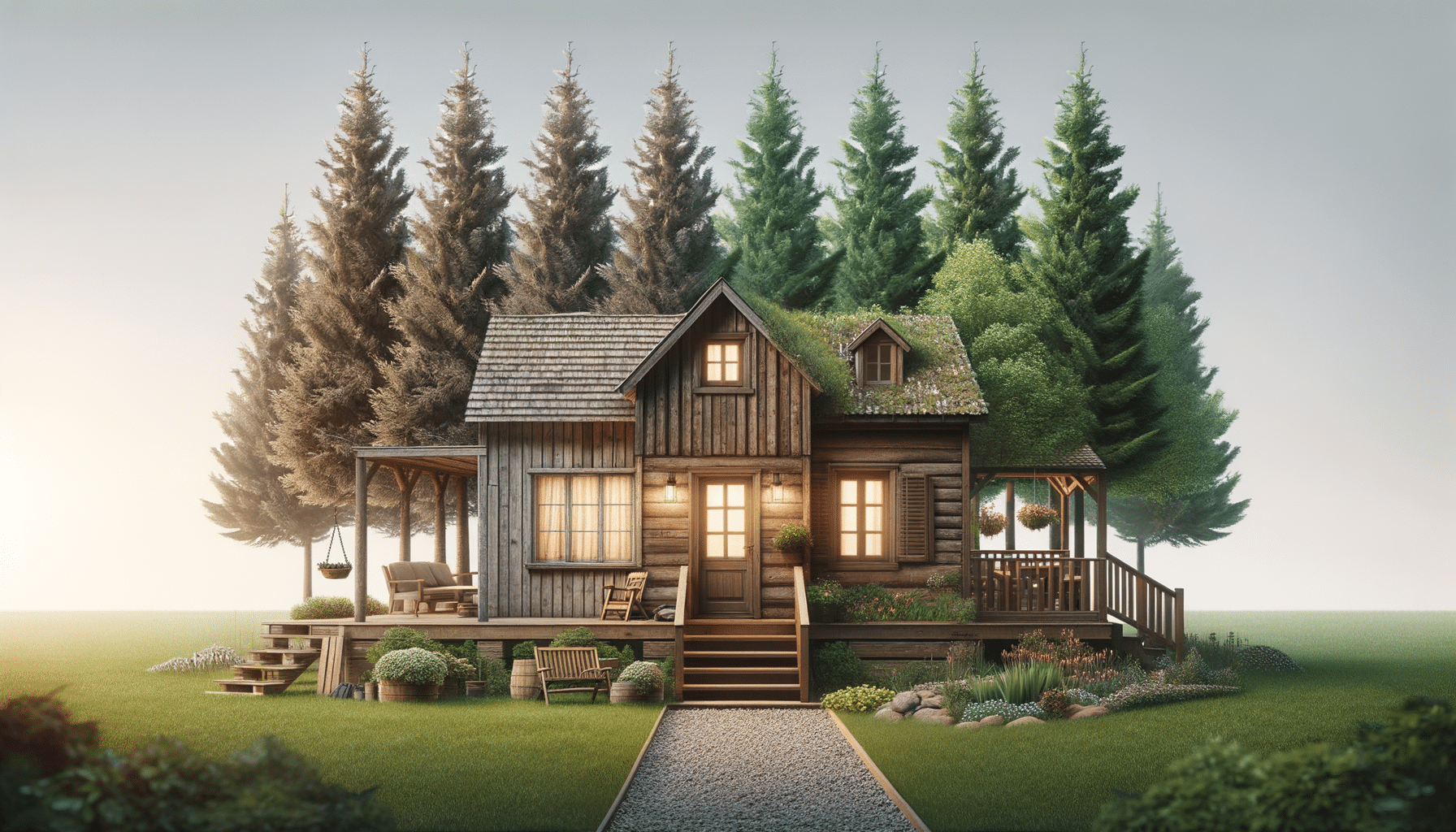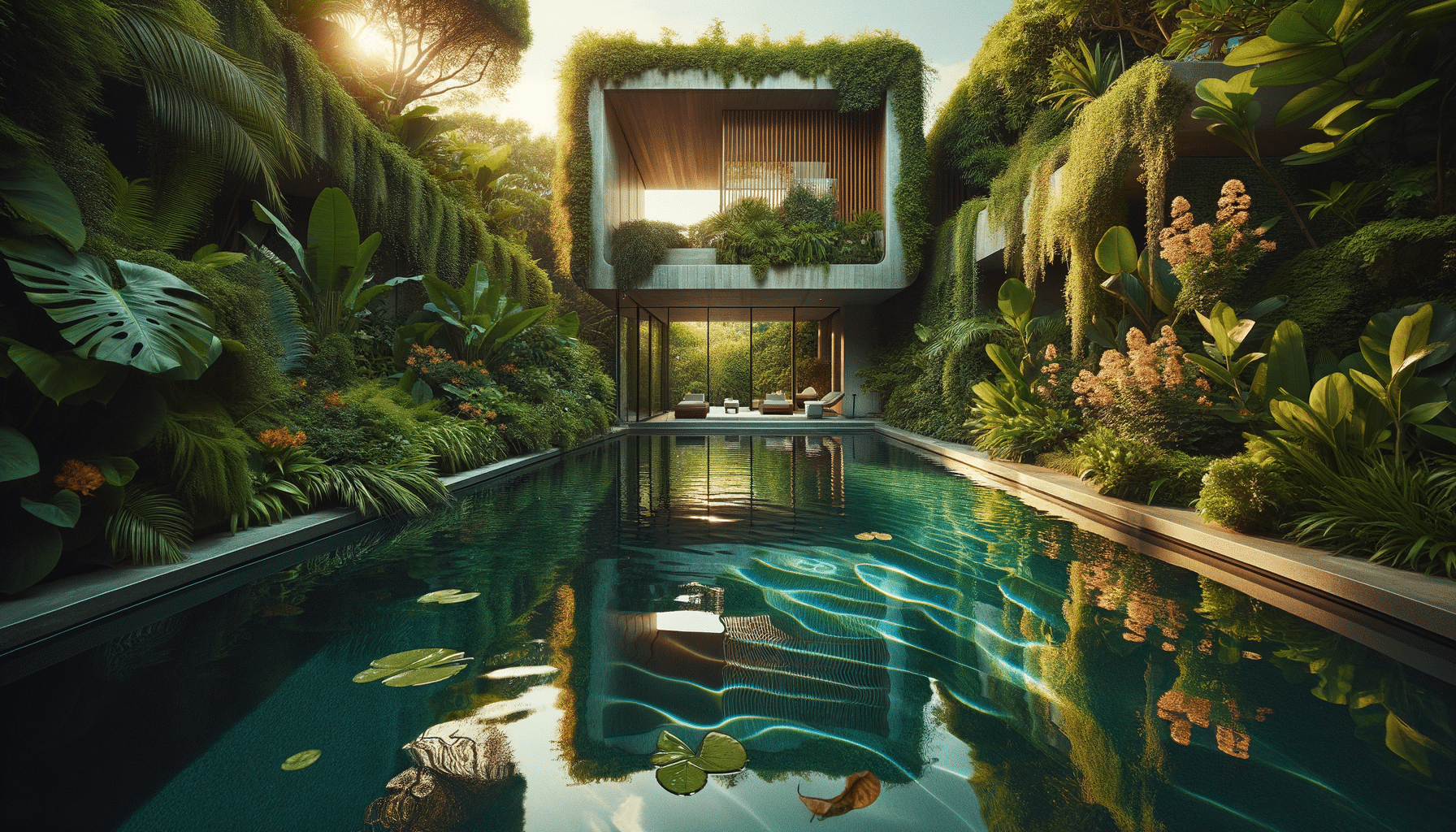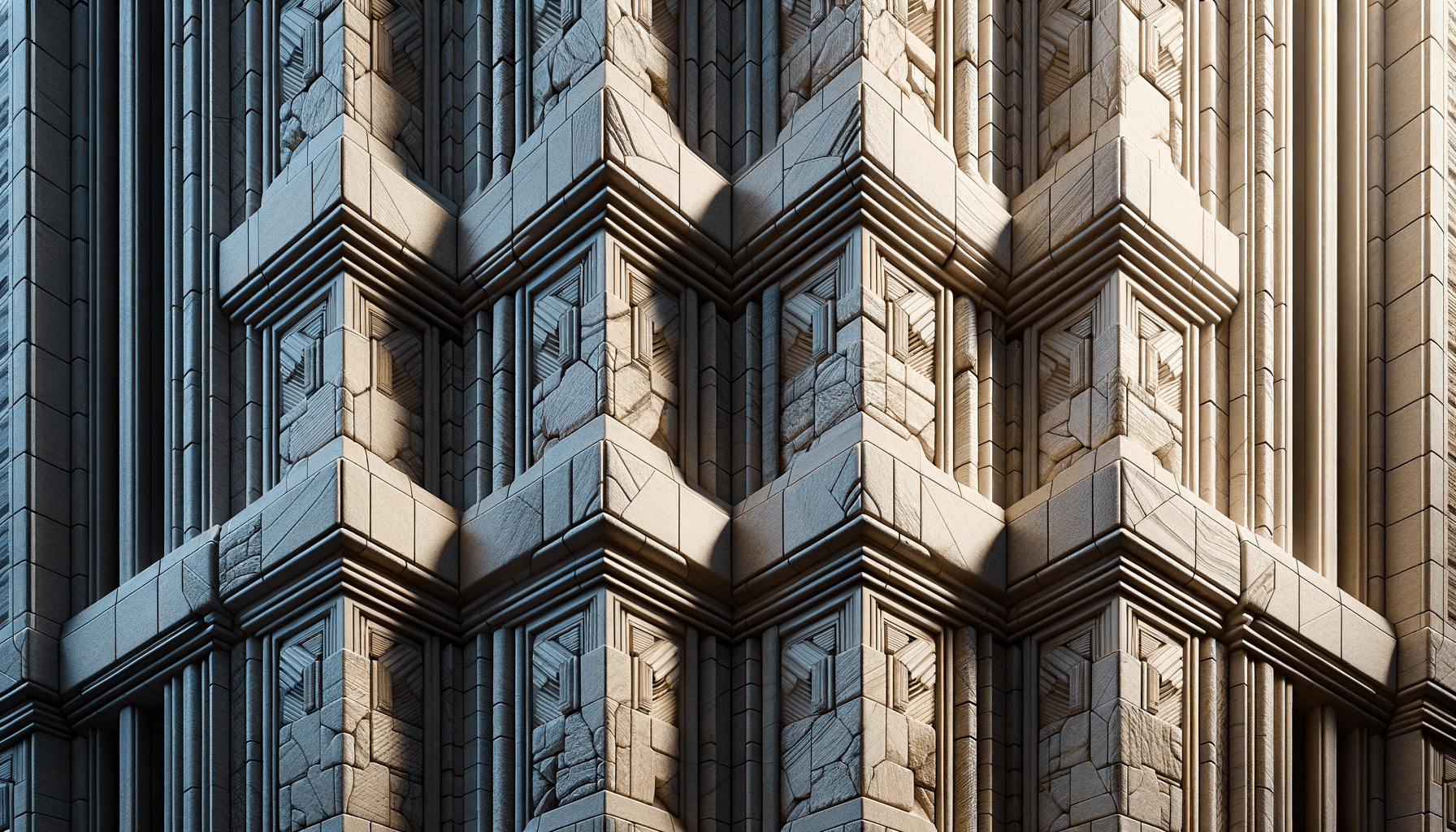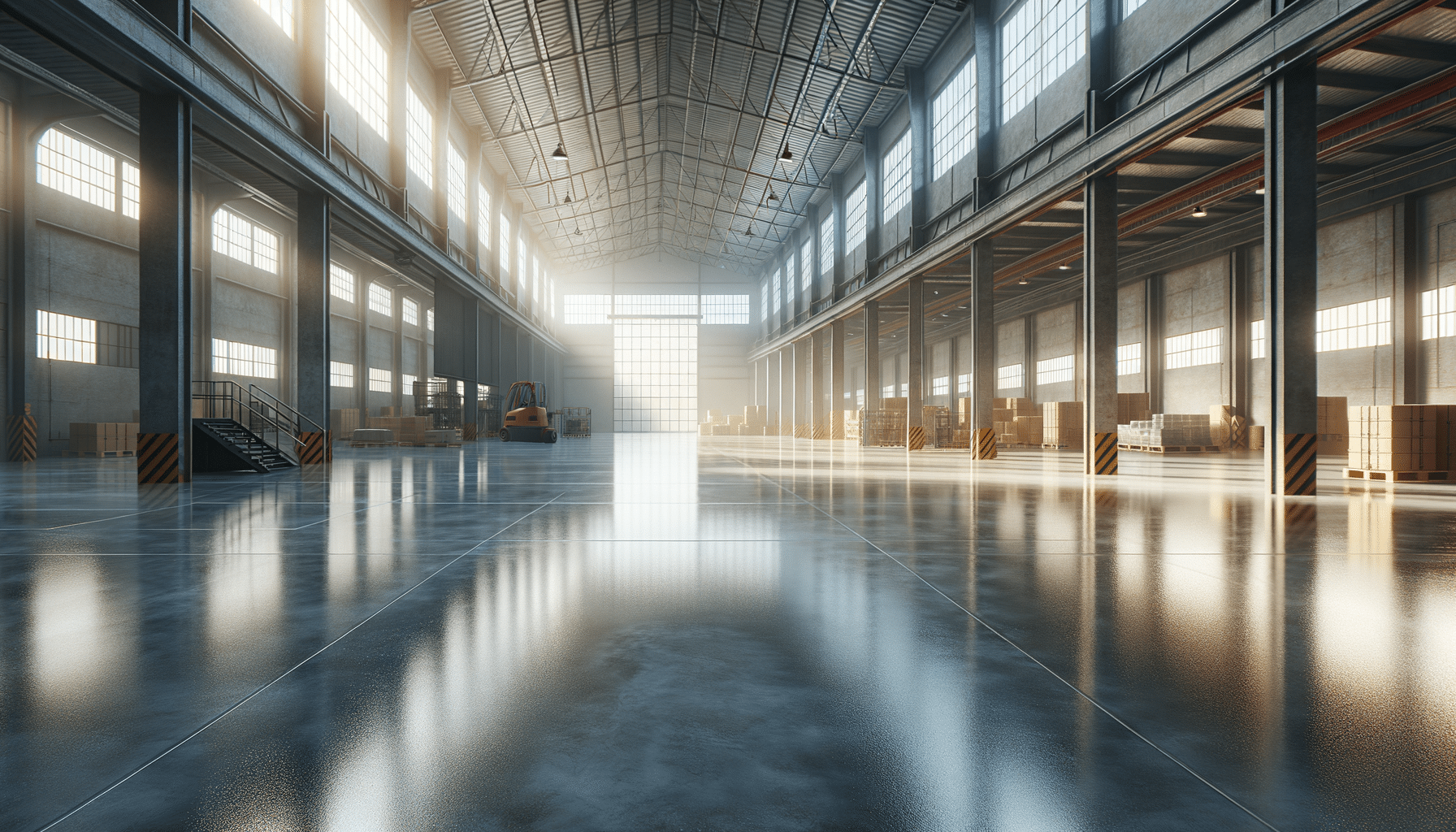
Shed to House Conversion: A Comprehensive Guide
Introduction to Shed to House Conversion
In recent years, the concept of converting sheds into livable houses has gained significant traction. This trend is driven by a combination of factors, including the rising cost of traditional housing, a growing interest in sustainable living, and the creative appeal of transforming a simple structure into a personalized home. Shed to house conversion offers a unique opportunity to design a space that is both functional and aesthetically pleasing, while also being budget-friendly. This guide explores the various aspects of this innovative housing solution, providing insights into the planning, design, and execution of such projects.
Planning Your Shed Conversion
Before embarking on a shed to house conversion, thorough planning is essential. The first step is to assess the suitability of the shed for conversion. Consider factors such as the size, structural integrity, and location of the shed. It’s crucial to ensure that the shed is large enough to accommodate your living needs and is in good condition to avoid costly repairs.
Next, research local zoning laws and building codes. Many areas have specific regulations regarding the conversion of outbuildings into living spaces. Obtaining the necessary permits is a crucial part of the planning process and ensures that your project complies with local laws.
Once legal considerations are addressed, it’s time to design the layout. Consider the essentials such as plumbing, electricity, and insulation. Plan the interior layout to maximize space efficiency, keeping in mind the need for a kitchen, bathroom, and sleeping area. Sketching a floor plan can help visualize the space and make necessary adjustments before construction begins.
Designing the Interior
The interior design of your converted shed plays a significant role in creating a comfortable living environment. Start by selecting a style that reflects your personal taste, whether it’s modern, rustic, or minimalist. The choice of materials, colors, and furnishings will greatly influence the overall feel of the space.
Consider using multi-functional furniture to optimize the limited space. For instance, a sofa bed can serve as both seating and a sleeping area, while a foldable dining table can be tucked away when not in use. Incorporating built-in storage solutions can also help keep the living area clutter-free.
Lighting is another important aspect of interior design. Natural light can be enhanced by adding windows or skylights, creating a bright and inviting atmosphere. Additionally, installing energy-efficient lighting fixtures can reduce energy consumption and contribute to a sustainable living environment.
Addressing Utilities and Insulation
Converting a shed into a livable space requires careful consideration of utilities and insulation. Ensuring access to water, electricity, and heating is crucial for comfort and functionality. Depending on the location of your shed, connecting to existing utility lines may be feasible. Alternatively, off-grid solutions such as solar panels and rainwater harvesting systems can be explored.
Insulation is vital for maintaining a comfortable indoor temperature and improving energy efficiency. Insulate the walls, roof, and floor to prevent heat loss in winter and keep the interior cool in summer. Various insulation materials are available, including fiberglass, foam board, and spray foam, each with its own benefits and costs.
Proper ventilation is also important to prevent moisture buildup and maintain air quality. Installing vents or a small HVAC system can help regulate airflow and ensure a healthy living environment.
Final Touches and Moving In
With the structural and utility aspects in place, it’s time to add the final touches to your shed conversion. Personalize the space with decor elements that reflect your style and personality. Consider adding artwork, plants, and textiles to create a cozy and inviting atmosphere.
Before moving in, conduct a thorough inspection to ensure that all systems are functioning properly and that the space meets your living needs. Address any issues promptly to avoid future complications.
Once everything is in place, moving into your newly converted shed is the final step. Enjoy the satisfaction of living in a unique, sustainable, and cost-effective home that you have created from the ground up.
Conclusion: Embracing the Shed to House Movement
Converting a shed into a house is an exciting and rewarding project that offers numerous benefits. It provides a creative solution to housing challenges, allowing individuals to design a space that is both functional and affordable. By carefully planning and executing each step of the conversion process, you can transform a simple shed into a comfortable and stylish home. As more people embrace this movement, shed to house conversions are likely to become an increasingly popular option for those seeking alternative housing solutions.


